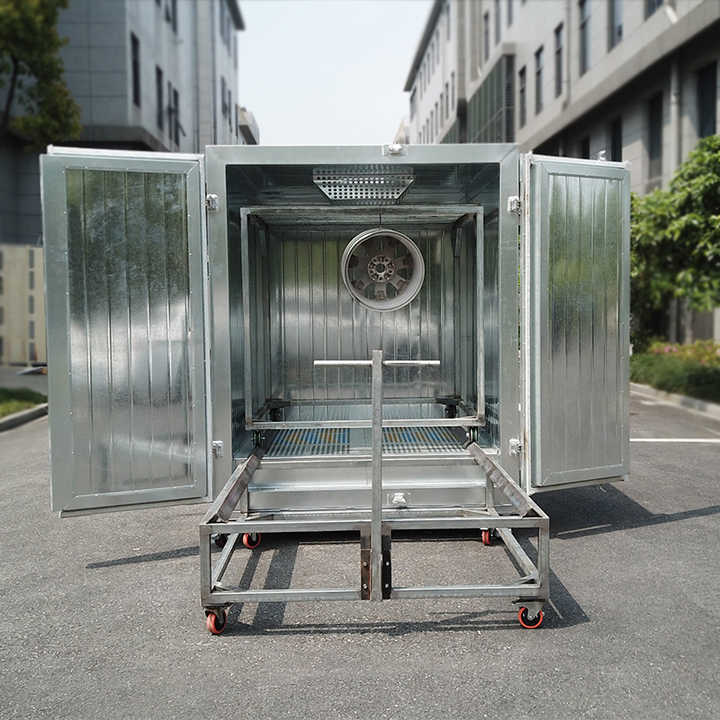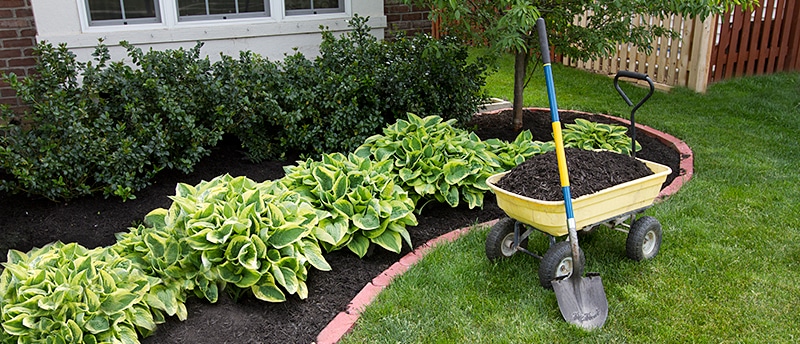
Creative Water Trough Planters to Enhance Your Landscape
Elevating Your Outdoor Space: Introduction to Water Trough Planters
Water trough planters offer a unique and creative way to enhance your landscape. These versatile containers, typically used for watering livestock, can be repurposed to create stunning focal points in gardens, patios, and outdoor spaces. Let’s explore the creative possibilities of water trough planters and how they can elevate your landscape.
Rustic Charm: Embracing Farmhouse Aesthetics
One of the most appealing aspects of water trough planters is their rustic charm. Made from galvanized metal or wood, these planters add a touch of country elegance to any outdoor setting. Whether nestled among garden beds or placed on a porch, water trough planters bring a sense of nostalgia and authenticity to your landscape, evoking the simplicity and beauty of rural life.
Urban Oasis: Bringing Greenery to City Spaces
In urban environments where space is limited, water trough planters offer a practical solution for gardening enthusiasts. These containers can be placed on balconies, rooftops, or even windowsills, providing a green oasis in the midst of concrete jungles. With careful planning and creativity, urban dwellers can transform their outdoor spaces into lush gardens filled with vibrant flowers, herbs, and vegetables, all contained within the confines of a water trough planter.
Vertical Gardening: Maximizing Space with Height
Water trough planters also lend themselves well to vertical gardening, allowing you to maximize space and create stunning visual displays. By stacking multiple troughs on top of each other or attaching them to walls and fences, you can create a vertical garden that adds depth and dimension to your landscape. This innovative approach not only saves space but also provides an opportunity to experiment with different plant combinations and arrangements.
Sustainable Gardening: Embracing Eco-Friendly Practices
In addition to their aesthetic appeal, water trough planters promote sustainable gardening practices. Made from durable materials, such as galvanized metal or recycled wood, these containers are built to last and can withstand the elements for years to come. By repurposing existing materials and using water-efficient irrigation techniques, you can create a sustainable garden that minimizes waste and conserves resources, all while beautifying your landscape.
DIY Delight: Crafting Your Own Water Trough Planters
For those with a knack for DIY projects, creating your own water trough planters can be a rewarding endeavor. With a few simple tools and materials, such as galvanized metal stock tanks or reclaimed wood, you can fashion custom planters that suit your style and space requirements. Whether you prefer a sleek modern design or a rustic farmhouse look, the possibilities for customization are endless, allowing you to express your creativity and personality in your landscape design.
Practical Considerations: Tips for Successful Planting
When using water trough planters in your landscape, it’s essential to consider practical factors to ensure successful planting. Choose plants that are well-suited to the container’s size and depth, taking into account their growth habits and water requirements. Use a high-quality potting mix to provide adequate drainage and nutrients for your plants, and monitor moisture levels regularly to

:max_bytes(150000):strip_icc()/27372_LBurton_101822_05-4648d290e31e4097823387ecebc4f280.jpg)






